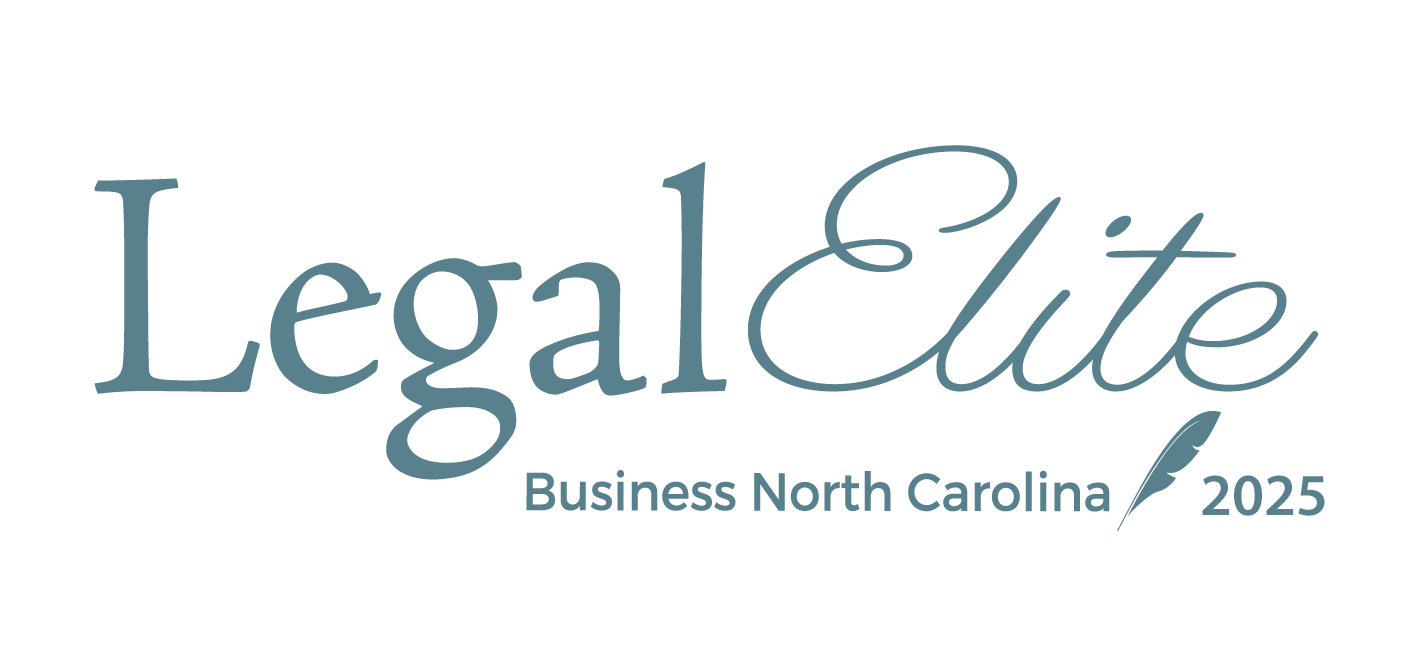Ed. Note: This is the third article in our series, “Conjuring Competitive Advantage: An AI Spellbook for Leaders,” focused on unlocking AI for business with practical steps and insights. Read Part 1, Part 2 , Part 4 and Part 5.
Adopting AI successfully requires disciplined project management and realistic expectations.
Too many businesses approach AI implementation haphazardly, leading to failed pilots, wasted resources, and organizational skepticism. Treat AI adoption as a carefully managed project with clear goals, defined scope, realistic timelines, and measurable success criteria.
Assign dedicated team members to build AI expertise and lead projects, avoiding the common mistake of adding AI responsibilities to already overloaded staff. Integrate AI learning into professional development programs, creating career paths for AI specialists.
Allocate responsibilities and resources appropriately, ensuring teams have both the technical expertise and business acumen needed for success. Plan for ongoing evaluation, implementation, metrics tracking, and improvement cycles. Celebrate successes publicly while treating failures as learning opportunities. Building an AI-positive culture requires consistent leadership support and tangible recognition of achievements.
Reality Check: AI Isn't Magic (And That's Actually Good News)
AI represents a powerful tool, not a replacement for human judgment and expertise. Generative and analytical models resemble highly capable but inexperienced assistants. They process information rapidly and identify patterns humans might miss, but lack real-world experience, contextual understanding, and common sense. They can hallucinate convincing but incorrect answers, produce irrelevant or biased outputs, and fail to recognize when they're operating outside their competence boundaries.
Understanding these limitations is liberating rather than disappointing. It clarifies that AI augments rather than replaces human capabilities, allowing businesses to deploy AI strategically where it adds most value.
Always verify AI outputs through human review, especially for critical decisions or external communications. Remember that AI doesn't truly think or feel emotions. It processes patterns in data to generate statistically likely responses. This understanding helps set appropriate expectations and implement necessary safeguards.
High-Impact Use Cases Worth Pursuing
Ask how AI could automate, augment, or enhance specific tasks across your organization. Start with use cases offering clear value propositions and manageable implementation complexity. Consider both efficiency gains and strategic advantages when evaluating potential applications.
- Document review and management: AI excels at processing large volumes of information, summarizing dense reports, flagging problematic areas, extracting key information, and classifying documents by type, date, or relevance. Business teams use AI for contract analysis and due diligence, while compliance teams employ it for regulatory monitoring and reporting.
- Policy development and communications: GenAI can draft customized communications for different audiences, generate training materials, and ensure consistency across organizational documents. While human review remains essential, AI dramatically accelerates the drafting process.
- Presentations and content creation: AI tools help produce compelling presentations, generate relevant graphics and visualizations, create marketing content, and adapt materials for different audiences and contexts. Creative professionals find AI particularly valuable for ideation and rapid prototyping.
- Research and analysis: For unfamiliar concepts or emerging trends, AI provides rapid synthesis of available information, identifies relevant sources, and generates plain-language explanations of complex topics. However, outputs must be verified for accuracy and completeness, particularly for technical or regulated subjects.
- Regulatory compliance tools: Specialized AI assistants help with data-protection impact assessments, marketing claim analysis, sustainability reporting, export control compliance, and tender response preparation. These tools reduce compliance burdens while improving accuracy and consistency.
- Internal knowledge sharing and workflow automation: AI can power chatbots that handle routine employee questions, streamline procurement and contract approvals, direct requests to the right teams, and automatically fill forms using existing data. These implementations offer quick productivity improvements with minimal deployment risk.
Smart Risk-Benefit Analysis
Before implementing any AI use case, conduct a thorough risk-benefit analysis considering multiple dimensions. Evaluate ethical implications including potential bias, fairness concerns, and impact on stakeholders. Assess accuracy requirements and error tolerance for the specific application. Consider copyright and intellectual property risks from both input and output perspectives. Analyze data privacy implications and regulatory compliance requirements. Plan for potential tool failures or performance degradation over time.
Use quantitative metrics wherever possible to measure expected improvements and justify investments. Conduct limited pilot projects with carefully selected user groups before broad deployment. Gather feedback systematically and iterate based on real-world experience. Decide whether free or low-cost tools suffice for experimentation or whether enterprise licenses are needed for production use. Enterprise versions typically offer superior data protection, administrative controls, and vendor support, justifying higher costs for critical applications.
Building on What You Already Have
Many Businesses already have AI capabilities embedded in existing productivity platforms and enterprise software. Major productivity suites include AI-powered features for document creation, data analysis, and workflow automation. These embedded capabilities offer a low-risk starting point for AI adoption, leveraging familiar interfaces and existing data security measures.
Evaluate specialized tools for specific business functions by considering output quality, ease of use, integration capabilities, data handling practices, vendor stability, and total cost of ownership. Request demonstrations focused on your actual use cases rather than generic capabilities. Pilot tools with real business problems before committing to enterprise deployments. Ensure vendor contracts address AI-specific concerns including data usage rights, model updating procedures, and liability allocation.
Critical Limitations and Security Considerations
GenAI tools may hallucinate or produce erroneous content with high confidence, yet you remain responsible for verifying accuracy and appropriateness. Assess disclosure risks carefully, understanding that information entered into AI tools might be stored, analyzed, or used for model training. Check whether data remains confined to your organization's instance or becomes accessible to vendors or other users. Evaluate cybersecurity measures, including encryption, access controls, and incident response procedures.
Scrutinize vendor trustworthiness through financial stability assessment, security certification review, and reference checking. Review terms and conditions carefully, paying particular attention to data rights, liability limitations, and termination provisions. Consider whether customer consent is required before using AI with their data, particularly in regulated industries or when handling sensitive information. Implement appropriate technical and organizational measures to protect data throughout the AI lifecycle.
Mastering the Art of Prompt Engineering
Effective prompt engineering dramatically improves AI output quality and relevance. Use direct, focused prompts that clearly specify desired outcomes. Provide comprehensive context, including role, audience, tone, format, and constraints. Give examples of your organization's voice and style to help models match expectations. Iterate on prompts based on results, refining instructions for clarity and completeness.
Different AI models respond better to different prompting strategies, and so users should adapt their approach based on the specific tool. Save successful prompts as templates for reuse and training. Document prompt patterns that work well for specific use cases. Share prompt libraries across teams to accelerate learning and ensure consistency. Remember that prompt engineering is an evolving skill that improves with practice and experimentation.
In the next post, we'll discuss ethical obligations, confidentiality requirements, and intellectual property protection strategies in the AI era.








